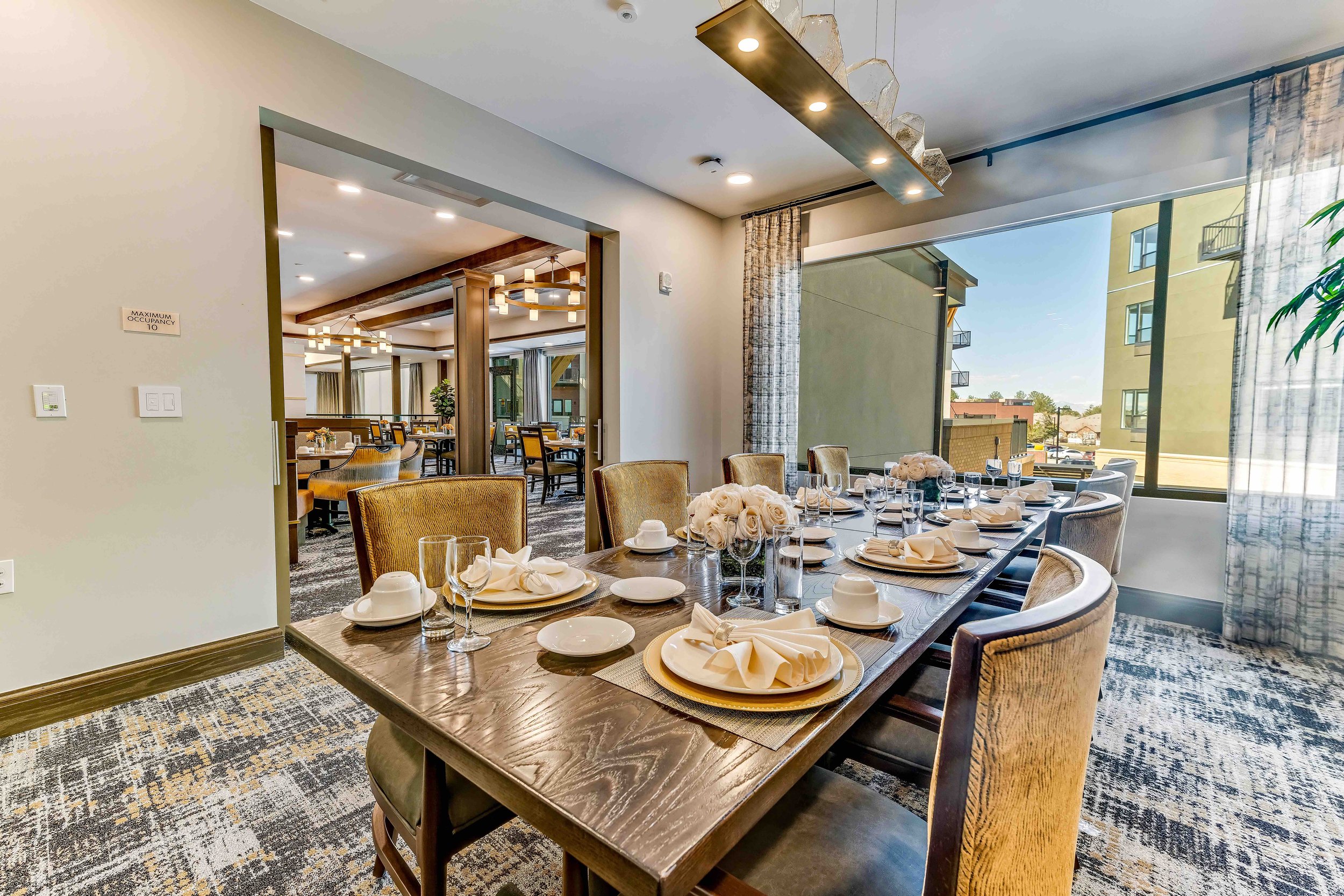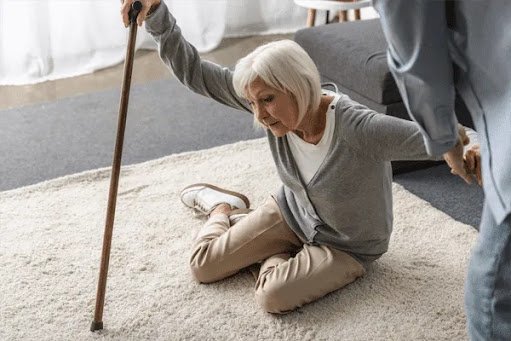Sustainable Living: Small Changes with Big Impact
Living sustainably isn’t about overhauling your entire lifestyle overnight. It’s about small, simple changes that collectively make a significant difference—for the planet and future generations. Here at our retirement home centennial, we’ve embraced the idea that even the smallest efforts can create ripples of positive change.
From energy use to waste reduction, there are countless ways to adopt more sustainable habits. The best part? It often saves money and simplifies life, too.
Start Small: Easy Steps to Live Sustainably
Making sustainable choices doesn’t have to be overwhelming. Here are a few approachable ways to get started:
Cut back on single-use items: Swap disposable water bottles for reusable ones or bring your own bags to the store.
Conserve energy: Turning off lights when leaving a room and unplugging devices when they’re not in use can lower both your carbon footprint and your energy bill.
Recycle with intention: Keep a designated bin for recyclables and check local guidelines to ensure proper sorting.
In our community, recycling has become a fun group effort. Residents often swap tips or pitch in on larger recycling projects together. It’s not only a way to make a difference but also to connect with neighbors.
Creative Ways to Reduce Waste
One of our residents, Carol, found a clever way to reduce waste from her love of gardening. She started a small composting station in the courtyard, turning food scraps into rich soil for planting flowers. “It’s so rewarding,” Carol says, “knowing that what would’ve gone in the trash is now helping new life grow.”
Sustainable Choices Beyond Recycling
Sustainability isn’t just about cutting back—it’s also about rethinking how we consume. Consider:
Thrift shopping: Purchasing gently used items extends their lifespan and reduces demand for new production.
Buying locally: Supporting local farmers and artisans reduces transportation emissions and keeps money in the community.
Eco-friendly products: From biodegradable cleaning supplies to energy-efficient appliances, small swaps can have a big impact over time.
Why Sustainability Matters
For seniors, living sustainably is an opportunity to leave a lasting legacy. Small, thoughtful choices today contribute to a healthier world tomorrow, and it’s something families and friends notice and appreciate.
Our retirement communities centennial have embraced these principles wholeheartedly, with initiatives like community gardens, energy-saving upgrades, and even workshops on eco-friendly habits. Residents often comment on how empowering it feels to contribute to a larger cause, proving that it’s never too late to make a difference.
By choosing just one or two of these small changes, you’re taking meaningful steps toward a more sustainable lifestyle. Whether it’s composting, conserving energy, or simply saying no to plastic bags, every action adds up. Together, we can create a greener, brighter future—for ourselves, our communities, and generations to come.




